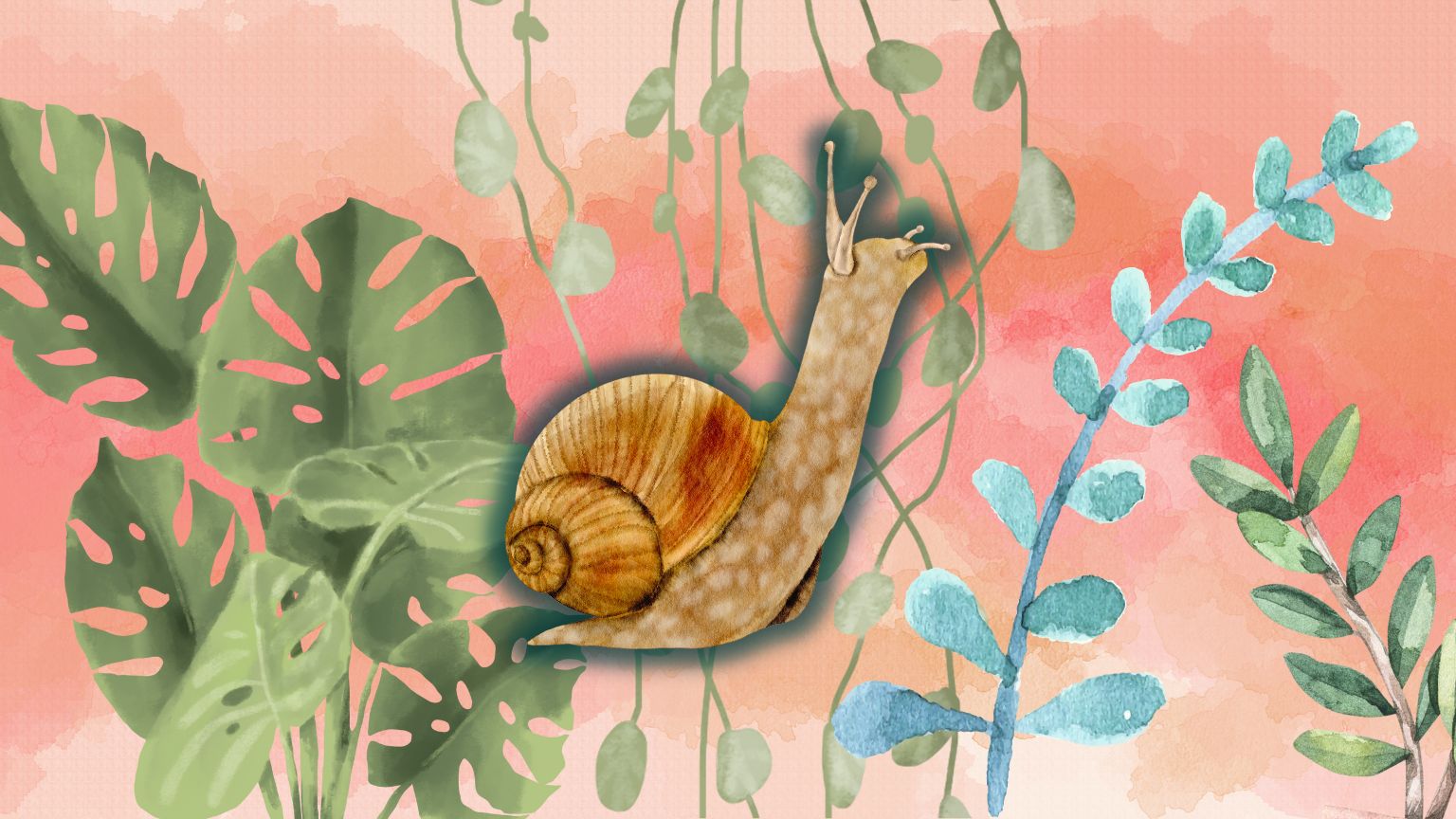Empathy for changemakers: Why stories are your superpower

If you’re working for social or climate justice, you’re trying to solve many problems at the same time: how an issue is framed, how to organize the work, what strategies to implement, and more. That’s why it’s important to know what kind of problem you’re working with in any given moment.
Complicated problems, on one hand, have one or multiple right answers — it may be difficult or involve many steps, but the end goal is clear. And steps can be replicated, even if it is as complicated as landing a spacecraft on the moon. Complex problems, on the other hand, have no right answer but have many interwoven considerations. Multiple paths to multiple solutions. These tend to be the problems inherent in social justice work. Resolving complex problems means recognizing that there may be opposing forces or tensions (polarities) at play. You’ll need to decide how to balance or manage them. This is especially true when working in groups when opinions are numerous and diverging.
Being able to manage the creative tensions of complex problem-solving will enable you to avoid an us-versus-them mindset, helping you stay connected with others, including their different ways of seeing and experiencing things. It helps you keep an open heart and mind. When we can’t manage this tension, we tend to default to staying in our own lane…or worse. Some even wonder if we’ve entered a “post-empathy world”, wherein heinous events or intolerant, inhumane ideas cease to be outrageous but simply become an expected part of an increasingly polarized political fabric. With the world facing multiple complex and intersecting crises, we really can’t afford not to stay connected.
Slowing down for storytelling
As philosopher Bayo Akomolafe wrote, “the times are urgent; let us slow down.” What can he mean by that in a world, for instance, where omnipresent headlines remind us of the dwindling number of months left to stop runaway climate change?
Akomolafe and theologian Marta Benavides expand on this idea of slowing down, urging us all to reclaim stronger ways of relating to one another, ourselves and the world we live in. They invite us to rethink what it means to be human, including our imaginations of activism, justice and power. Because in how we name our anger, express our activism or organize our institutions, we might be reproducing the very patterns we are trying to run away from. They urge us to go deeper.
“[I]n turning to each other, we become disruptive to old realities and hospitable to new ones,” they write. “Because we will not co-create the world by proxy, we need to turn to ourselves again, and rekindle the realness we have lost … In these human-scaled circles of rejuvenation, we will weave a new social fabric; a new world will be a tantalizingly present and dynamic reality, not a distant ideal.”
In “summoning a new world” as Akomolafe and Benavides put it, we must also summon new stories. World-building is a creative task as much as it is a relational one. Those of us in activist, non-profit and philanthropic spaces must deeply understand our own stories, our collective stories and the stories of possibility needed to build a new world. These narratives will become our blue prints.
This is the thinking that led us to develop our program, Reimagining Collaboration. This training teaches practices for facilitating inclusive and impactful gatherings online and in-person. The transformative power of empathy and storytelling is at the heart of this program. Out of multiple stories, we can glean powerful human insights about how to be with one another and how to learn and move forward, creating powerful new pathways together.
Escaping, or shutting down in response to overwhelm or challenging circumstances will at times provide comfort … and sometimes that is exactly what we need. But being able to stay open and sit with difficult (or simply different) stories — staying in relationship by really listening — allows us to turn toward one another. Starting from a place of empathy we build trust and create a foundation for moving into action that will spark lasting social change.
How to nurture empathy in groups
You can build empathy by holding space for people to share their stories. If working in a group, create some ground rules together for how to support each other in sharing and receiving one another’s stories. If you are someone facilitating the process, you can use the following three key principles for working with storytelling in a group:
- First, listen deeply to each other and affirm the stories you heard from individuals (ex: “I heard you say …” OR offer back words and phrases you heard).
- Second, listen and reflect back the collective story (ex: “I sense both compassion and disappointment in our group” OR “Our group’s story seems to have three themes today, ….”).
- Gauge the needs and alignment before moving on (ex: “Is this close enough to move forward?” OR “What have we not heard?”)
You can also use an Empathy Map (check out our adapted map!) as a tool for thinking through your group’s story.
Recent research has shown that in some activist and non-profit circles, fault lines in team relationships are fresh and wounds run deep. Leaders and managers report feeling trapped while staff report experiencing less compassion from their leaders than leaders believe they are giving.
Make your gatherings a place for listening, learning, healing and relationship-building with these tools. Slow down. The times are indeed urgent. Learn more.
August 29, 2022

